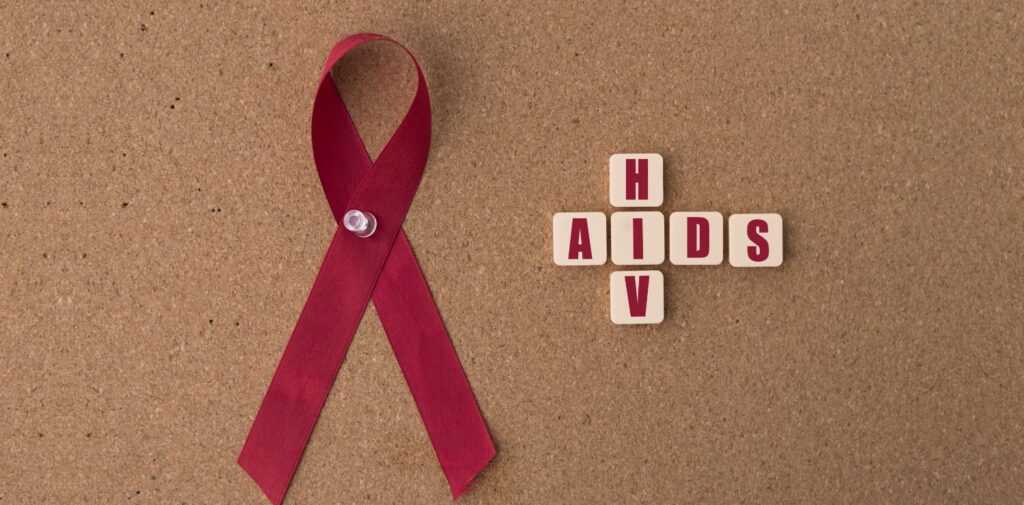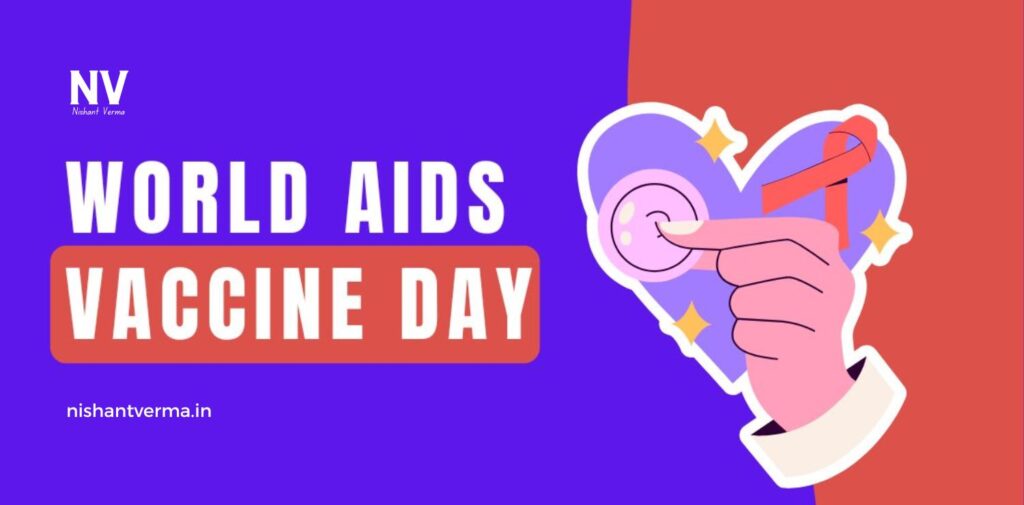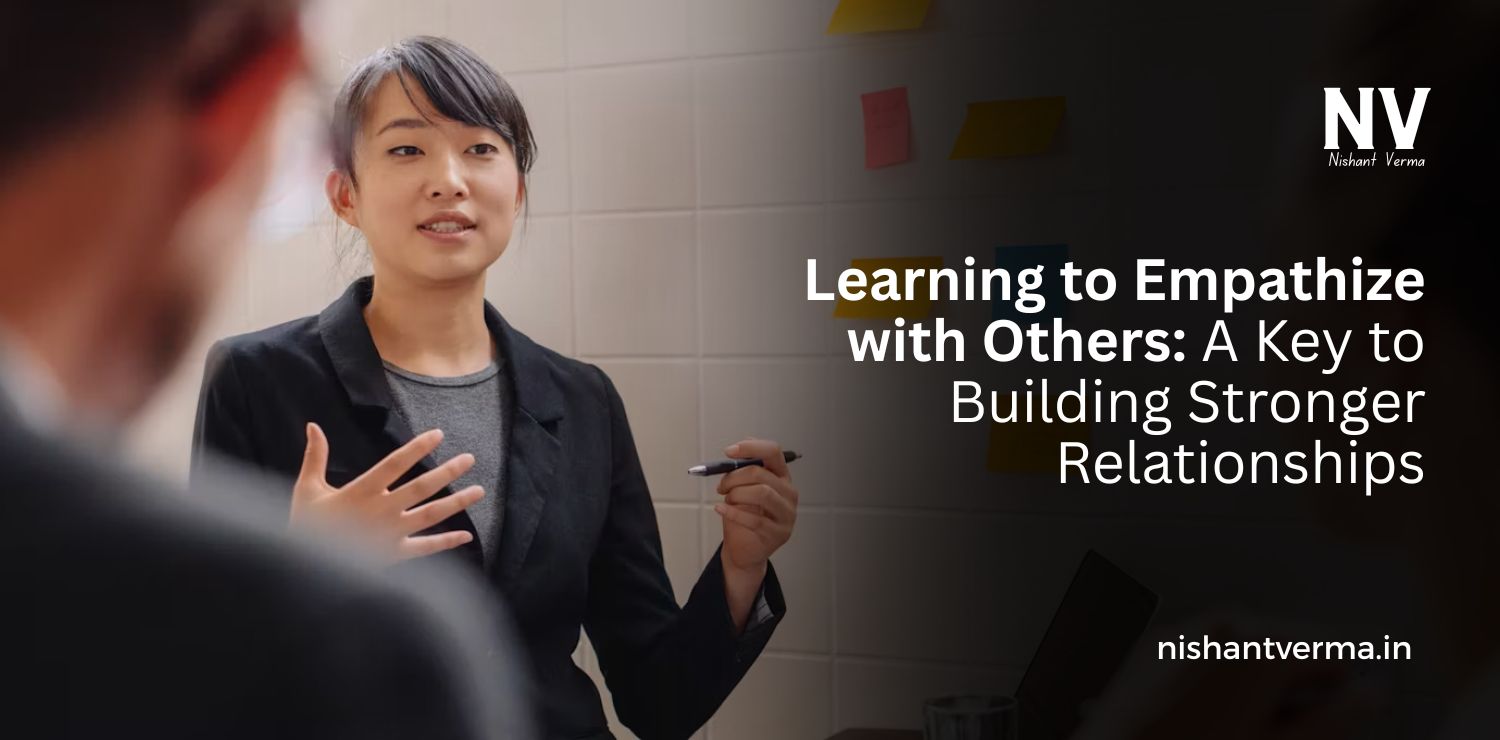Every year on 18th May, the world observes World AIDS Vaccine Day. This day reminds us of the importance of developing a vaccine for HIV/AIDS and honours the efforts of scientists, healthcare professionals, and volunteers working tirelessly in this direction. Especially in a country like India, where public health is a crucial issue, understanding the need for an AIDS vaccine becomes even more important.
Though there has been great progress in the treatment of HIV over the years, a preventive vaccine still remains one of the most promising tools to completely control the spread of the disease. This article aims to spread awareness among the Indian audience in a simple and easy-to-understand manner, discussing why World AIDS Vaccine Day is significant, how HIV/AIDS impacts lives, and what we as individuals can do to support this global mission.
Why World AIDS Vaccine Day is observed
World AIDS Vaccine Day, also known as HIV Vaccine Awareness Day, was first observed on 18th May 1998. The idea came from a speech given by the then US President Bill Clinton on 18th May 1997. In his speech, he emphasized the importance of creating a vaccine to stop the spread of HIV, the virus that causes AIDS. Since then, this day has been used every year to raise awareness about the importance of an HIV vaccine and to appreciate the work being done in this field.
In India, where over 2.3 million people are living with HIV (as per data from NACO – National AIDS Control Organisation), this day holds special importance. While antiretroviral therapy (ART) helps patients manage the disease and live a longer life, it is not a cure. A vaccine would prevent the infection in the first place and can save millions of lives.

Understanding HIV and AIDS
HIV (Human Immunodeficiency Virus) is a virus that attacks the body’s immune system. If not treated, it can lead to AIDS (Acquired Immunodeficiency Syndrome). HIV spreads through certain body fluids such as blood, semen, vaginal fluids, and breast milk. It is most commonly transmitted through unprotected sex, sharing needles, or from mother to child during childbirth or breastfeeding.
Once a person is infected with HIV, their body becomes weaker over time because the virus destroys important cells that help fight diseases. Without treatment, HIV can develop into AIDS, which means the body can no longer protect itself from infections and diseases. At this stage, even a common illness can become life-threatening.
There is currently no cure for HIV, but it can be controlled with medication. Antiretroviral therapy (ART) allows people with HIV to live long, healthy lives and reduces the risk of spreading the virus to others. However, a vaccine is still needed to stop the virus from spreading in the first place.
The challenges in developing an HIV vaccine
Developing a vaccine for HIV is more difficult than developing vaccines for many other viruses. One reason is that HIV mutates very quickly, meaning it changes its structure and behaviour, making it hard for scientists to find a stable target for a vaccine. Another reason is that HIV hides in the body and becomes part of the person’s cells, making it difficult for the immune system to detect and destroy it.
Despite these challenges, scientists around the world are working day and night to find a successful vaccine. There have been many trials and studies over the years, and while a few have shown partial success, none have yet led to a widely available vaccine.
In India, organisations like the Indian Council of Medical Research (ICMR), National AIDS Control Organisation (NACO), and various international partners are contributing to this global effort. Indian scientists and doctors are part of many international vaccine research trials, and the government supports HIV prevention programmes across the country.

How far we’ve come and what still needs to be done
Over the past few decades, there has been a lot of progress in the fight against HIV/AIDS. Thanks to awareness campaigns and better access to medicines, the number of new HIV infections has reduced in many parts of the world, including India. ART centres have been established in every major district of India, providing free treatment to those in need.
However, the stigma around HIV/AIDS still remains a big challenge. Many people in India still hesitate to get tested or seek help due to fear of discrimination or shame. This needs to change. Awareness is the first step towards prevention.
World AIDS Vaccine Day is not just about science; it’s also about social awareness. People need to understand that HIV is a medical condition and not something to be ashamed of. Just like other diseases, it requires proper treatment, care, and support from family and society.
The importance of public awareness and youth involvement
In India, a large portion of the population is young. The youth of our country play a very important role in spreading awareness and changing mindsets. Schools, colleges, and youth clubs can organise programmes and discussions around HIV/AIDS, safe sex, and the importance of vaccines.
Young people should be encouraged to learn the facts about HIV and not rely on myths or misinformation. Talking about sex education, safe practices, and health is still considered taboo in many Indian households. But it is necessary to break this silence. If we want to reduce the number of new HIV infections, we must educate the youth.
On World AIDS Vaccine Day, campaigns, awareness drives, and community outreach programmes can play a powerful role in informing people about how HIV spreads and how it can be prevented. Social media can also be used effectively to reach the younger generation.

What can you do as a responsible citizen
Even if you are not a scientist or a doctor, you can still contribute to the fight against HIV/AIDS in your own way:
- Educate yourself and others about HIV and its prevention.
- Support people living with HIV by showing empathy and not judging them.
- Participate in awareness drives or volunteer with organisations working in this field.
- If you are sexually active, practice safe sex and get tested regularly.
- Encourage open discussions about HIV/AIDS in your community.
- Support science and vaccine development through donations or advocacy.
Each small step counts. When we talk about these issues openly and responsibly, we reduce the stigma and encourage others to come forward for testing and treatment.
Conclusion: Hope for the future
World AIDS Vaccine Day is not just a date on the calendar. It is a symbol of hope – hope that one day we will have a vaccine that can protect everyone from HIV. It reminds us that while the journey is difficult, it is not impossible. With science, awareness, and unity, we can one day live in a world free from HIV/AIDS.
India has made great strides in controlling the spread of HIV, but there is still a long way to go. Let us take this day as a chance to educate ourselves and others, support the cause, and contribute towards building a healthier and more informed society.
Together, we can make a difference. Together, we can fight HIV. Let us spread awareness, not the virus.




